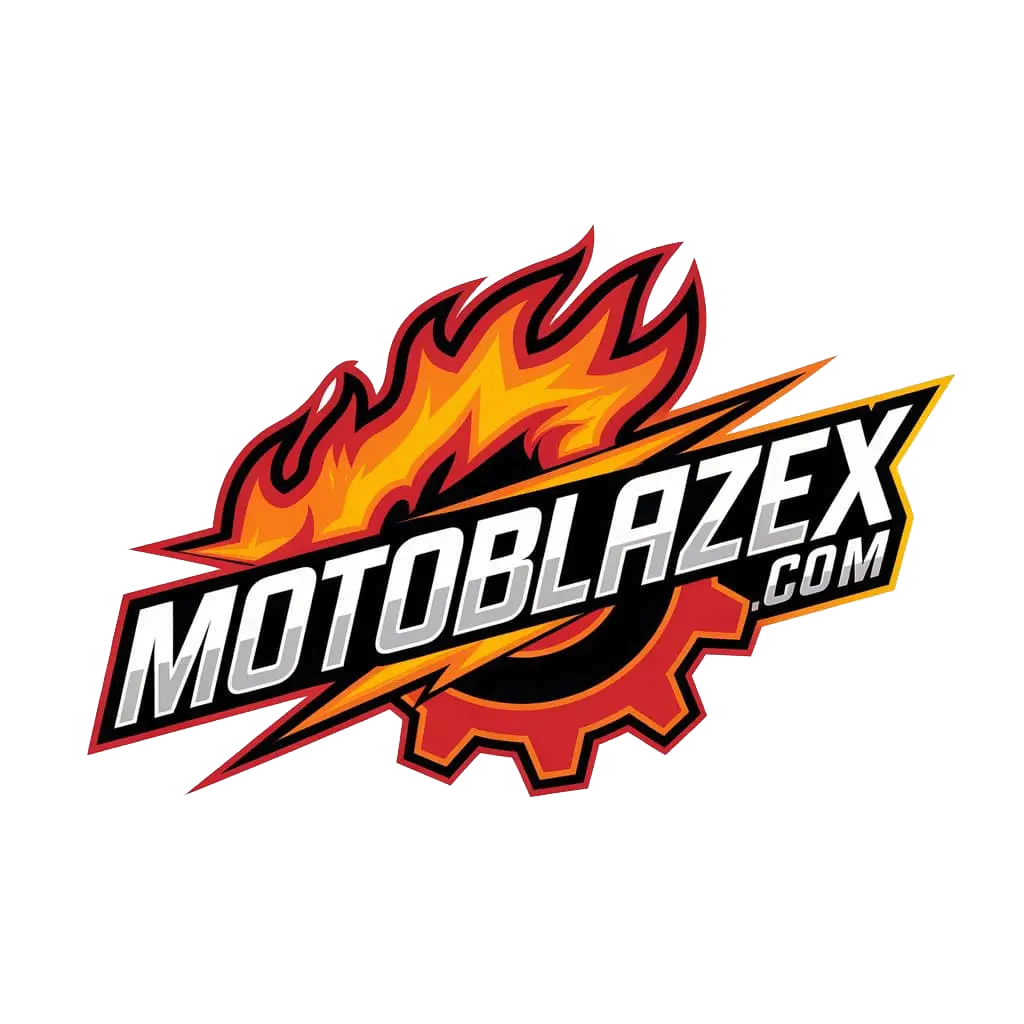Blog
Harley Davidson Engine Compatibility Chart: A Comprehensive Guide
Key Highlights
- Covers key engine types like Flathead, Knucklehead, Panhead, Shovelhead, Evolution, Twin Cam, and Milwaukee-Eight, offering insights into their unique attributes.
- Emphasizes the need for understanding engine compatibility by considering frame design, mounting points, electrical and fuel systems, and engine dimensions.
- Provides a detailed chart for matching Harley Davidson models with compatible engines to simplify the swap or upgrade process.
- Offers guidelines for successful engine upgrades, including research, consultation with experts, tool preparation, documentation, and testing.
- Aims to give enthusiasts the confidence to make informed decisions on engine swaps and customization, enhancing their riding experience.
When it comes to Harley Davidson motorcycles, riders seek not only the thrill of the open road but also the intimate bond with their machines. One of the key aspects of maintaining and customizing these iconic bikes is understanding the compatibility of various engines.
Whether you’re looking to upgrade your current powerhouse or seeking to revive an older model, having the right engine compatibility chart at your disposal is crucial. Here’s a detailed guide to help you navigate through the complexities of Harley Davidson engine compatibility.
Understanding Harley Davidson Engines
Harley Davidson has a rich history of producing a variety of engines, each with unique characteristics and specifications. Over the years, these engines have morphed and evolved, but the core philosophy of power, performance, and reliability remains unchanged. Here’s a quick overview of the main types of engines you’ll encounter:
- Flathead (F-Head) Engines: These were among Harley’s earliest engines, known for their simplistic yet rugged design.
- Knucklehead Engines: Introduced in the late 1930s, these engines were named for the distinct appearance of the rocker box covers.
- Panhead Engines: Post World War II, Harley introduced the Panhead engine, which came with improved oil circulation systems.
- Shovelhead Engines: Launched in the mid-1960s, Shovelhead engines brought more power and better performance.
- Evolution (Evo) Engines: The 1980s saw the birth of the Evo engine, which was more efficient and reliable.
- Twin Cam Engines: Introduced in 1999, these engines featured dual cams and provided enhanced performance.
- Milwaukee-Eight Engines: Launched in 2017, this is the latest addition, offering significant improvements in power, efficiency, and smoothness.
The Importance of Compatibility
When considering engine swaps or upgrades, it’s essential to understand that not all Harley Davidson engines are interchangeable. Compatibility depends on several factors such as frame design, mounting points, electrical systems, fuel delivery systems, and overall dimensions. Thus, an engine compatibility chart becomes an invaluable tool for ensuring that the engine you choose will seamlessly fit into your bike.
Harley Davidson Engine Compatibility Chart
Below is a detailed compatibility chart that will help you determine which engines are suitable for your Harley Davidson model:
| Model | Engine Type | Compatible Engines | Comments |
|---|---|---|---|
| Sportster (1957-1985) | Ironhead | Original Ironhead, Evo 883 , Evo 1200 | Frame modifications required |
| Sportster (1986-present) | Evolution (Evo) | Stock Evo, Evo 1200 | Direct fit |
| Dyna (1991-2017) | Evolution (Evo), Twin Cam | Stock Evo, Twin Cam 88, Twin Cam 96, Twin Cam 103 | Minimal modifications needed |
| Softail (1984-1999) | Evolution (Evo) | Stock Evo, Big Twin Evo | Direct fit |
| Softail (2000-2017) | Twin Cam | Twin Cam 88, Twin Cam 96, Twin Cam 103 | Direct fit |
| Softail (2018-present) | Milwaukee-Eight | Milwaukee-Eight 107, Milwaukee-Eight 114 | Direct fit |
| Touring (1984-1999) | Evolution (Evo) | Stock Evo, Big Twin Evo | Direct fit |
| Touring (1999-2016) | Twin Cam | Stock Twin Cam, Twin Cam 103, Twin Cam 110 | Direct fit |
| Touring (2017-present) | Milwaukee-Eight | Milwaukee-Eight 107, Milwaukee-Eight 114 | Direct fit |
| Street (2014-present) | Revolution X | Stock Revolution X | Direct fit |
| V-Rod (2001-2017) | Revolution | Stock Revolution, Revolution 1250 | Direct fit |
Tips for a Successful Engine Swap
Performing an engine swap is a significant project that requires thorough planning and precision. Here are a few tips to ensure a successful upgrade:
- Research: Invest time in researching the specific requirements and modifications that may be necessary for your intended engine swap.
- Consult the Experts: Engage with Harley Davidson specialists or experienced mechanics who have performed similar swaps.
- Gather the Right Tools: Make sure you have all the necessary tools and parts before starting the project.
- Document the Process: Take notes and photographs at every stage of the disassembly and assembly process. This will be invaluable if you encounter any issues or need to troubleshoot.
- Test Thoroughly: Once the swap is complete, conduct thorough testing to ensure everything functions as expected. Pay close attention to performance, oil leaks, unusual noises, and electrical issues.
Conclusion
Harley Davidson engine compatibility is an intricate subject, but with the right information and resources, it becomes much more manageable.
Whether you’re a seasoned Harley enthusiast or a novice looking to dive deeper into the world of Harley Davidson, understanding engine compatibility will empower you to make informed decisions and enjoy a fulfilling riding experience.
Embark on your next customization journey with confidence, knowing that the heart of your bike will beat strong and true. Happy riding!
